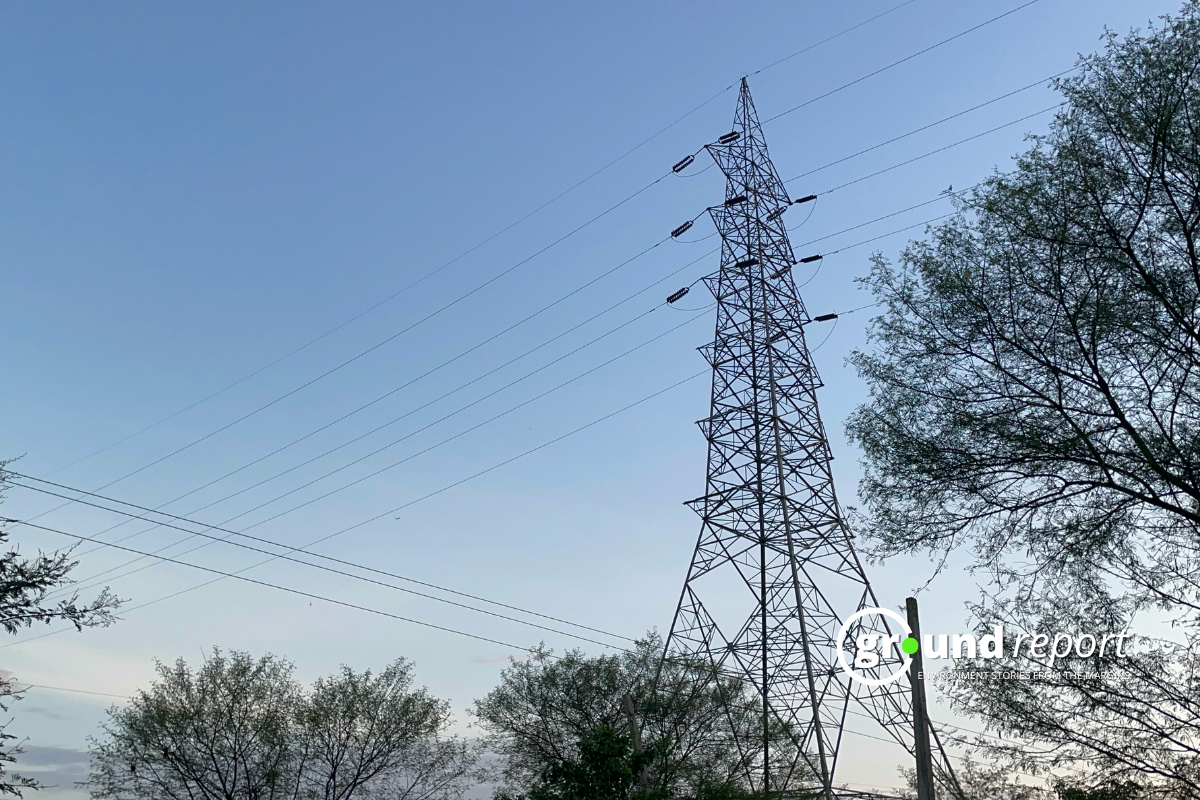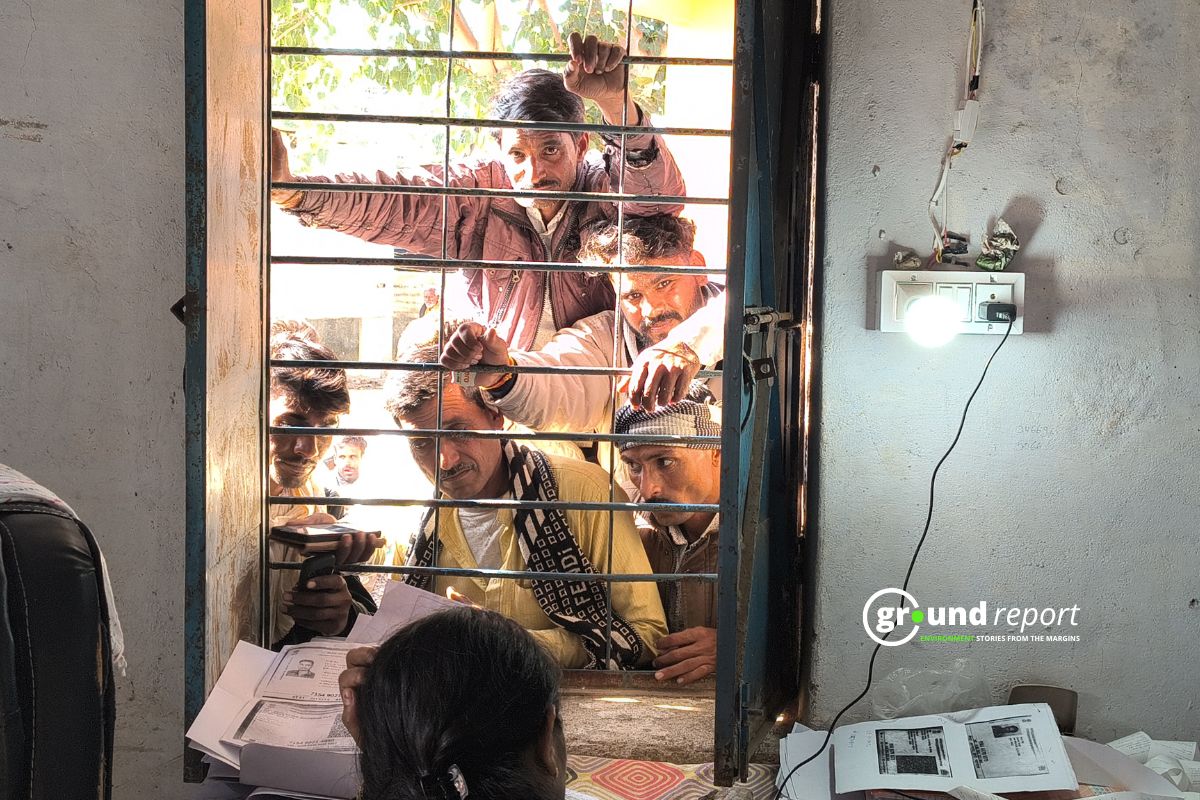Concern has arisen in the United States over a cluster of COVID-19 variants originating from the JN.1 lineage of the Omicron variant. These variants are descendants of Omicron, branching off from the JN.1 lineage that drove the surge in cases last winter, such as KP.2, are characterized by specific mutations denoted by the letters F, L, R, and T within their genetic sequences, as reported by the media.
Among these FLiRT variants, KP.2 has gained notable attention, representing approximately 25% of newly sequenced cases in the two weeks leading up to April 27, based on U.S. Centers for Disease Control and Prevention (CDC) data. While variants like KP.1.1 exist within the FLiRT family, they haven’t yet spread as widely in the U.S.
What is FLiRT?
The FLiRT variants, stemming from the Omicron lineage but branching off from JN.1, which sparked a surge in cases earlier this year, have garnered attention. Named after the technical mutations they bear, with “F” and “L” in one and “R” and “T” in another, these variants include KP.2, which is causing growing concern.
Here’s what we know about the KP.2 FLiRT variant that is destined to become the new dominant variant here
Thanks to @SystemsVirology https://t.co/RvQjX2dOCA
>3-fold resistance to current booster (XBB.1.5) https://t.co/n1oULGNZYX pic.twitter.com/UEnte4LZAI— Eric Topol (@EricTopol) April 27, 2024
According to data from the US Centers for Disease Control and Prevention (CDC), KP.2 constituted approximately 25% of newly sequenced cases in the two weeks leading up to April 27.
However, as reported by TIME magazine, other FLiRT variants like KP.1.1 have yet to spread widely in the United States. Research into the characteristics of these variants, including their transmissibility and disease severity, is ongoing.
Is another COVID-19 wave coming?
While KP.2’s emergence raises concerns, it’s premature to predict a significant surge in cases attributed to the FLiRT family, according to Dr. Eric Topol, executive vice president at Scripps Research, who discussed these variants in a recent newsletter.
Presently, the presence of SARS-CoV-2 in U.S. wastewater remains minimal, as reported by the CDC, and hospitalizations and fatalities have been steadily decreasing since their peak in January. Globally, while case numbers increased from early to mid-April, they are still considerably lower than previous peaks.
Although KP.2 and related variants may lead to a rise in cases, Topol suggests it may not manifest as a substantial wave but rather a “wavelet.” This projection is based on observations that recent JN.1 variant infections may offer some level of protection against reinfection, and the virus has not undergone significant mutations to diverge drastically from previous strains.
A recent study from Japan, though not yet peer-reviewed, suggests that KP.2 is less transmissible than JN.1.
New COVID variant FLiRT symptoms
Experts have noted that the symptoms of the new variant are akin to those associated with other Omicron subvariants. These symptoms include sore throat, cough, fatigue, nasal congestion, runny nose, headache, muscle aches, fever, and potential loss of taste and smell.
Follow Ground Report for Environmental News From India. Connect with us on Facebook, Twitter, Koo App, Instagram, Whatsapp and YouTube. Write us on GReport2018@gmail.com and subscribe our free newsletter.
Don’t forget to check out our climate glossary, it helps in learning difficult environmental terms in simple language.









